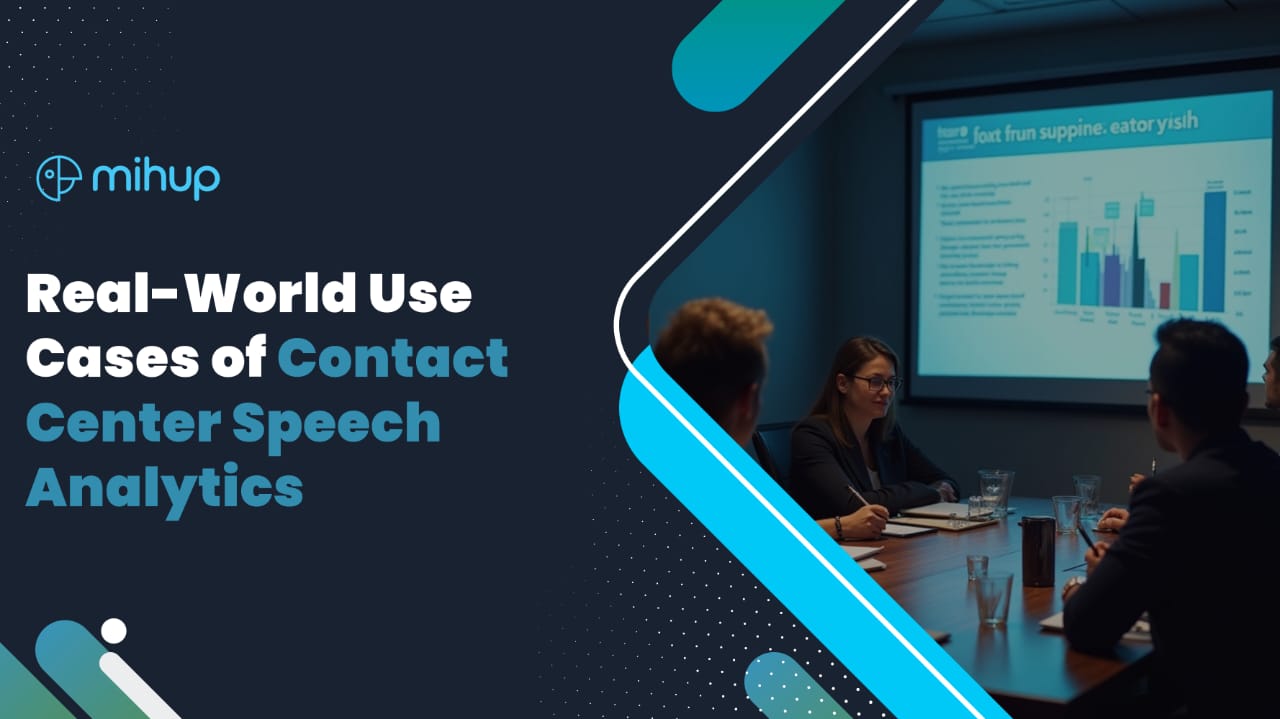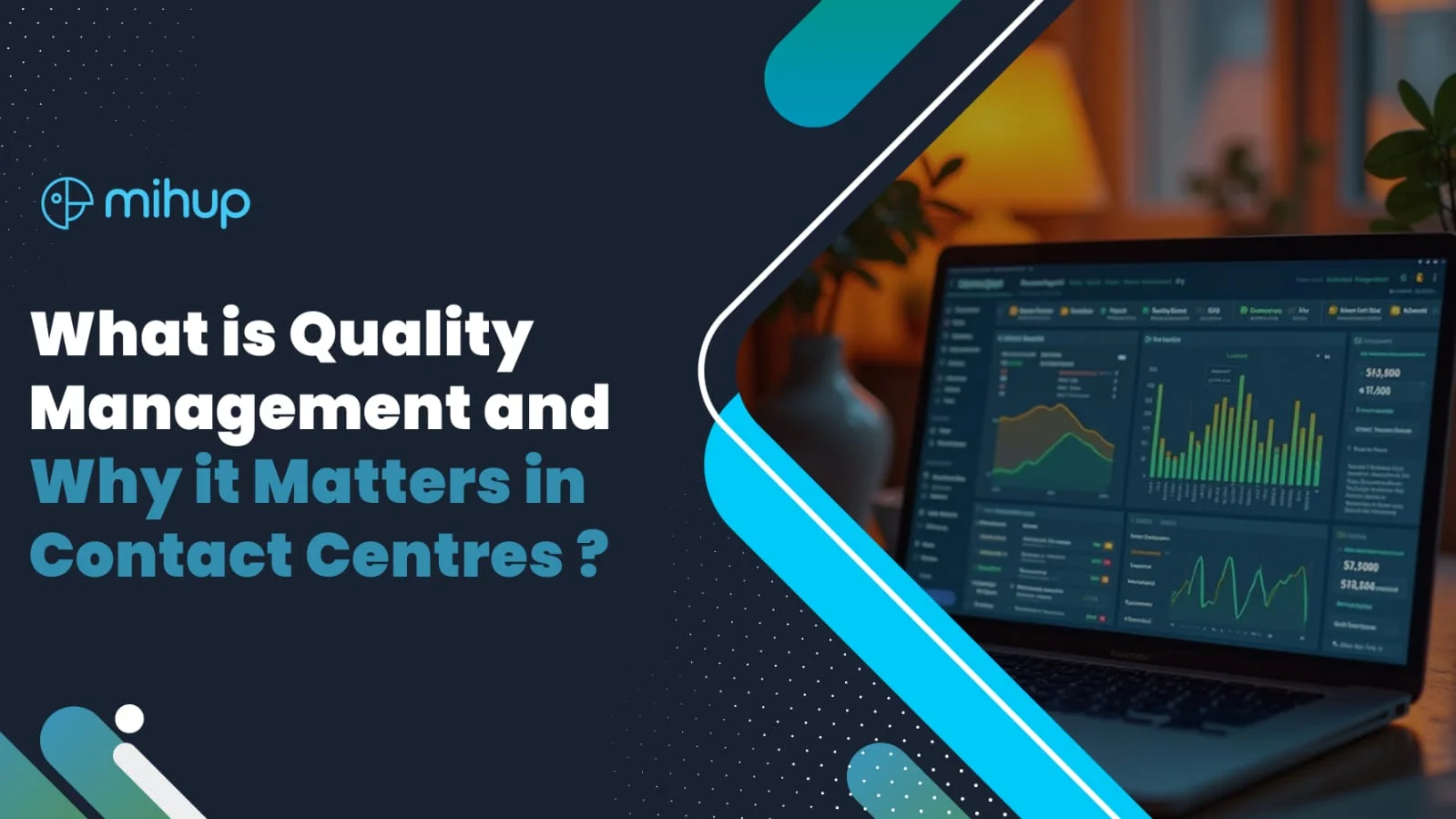In recent times, customer retention has emerged as a critical factor for sustainable growth in businesses across various industries. Retaining existing customers has become a strategic priority for organizations due to its profound impact on financial stability and long-term success.
One of the primary benefits of customer retention is the assurance of a steady revenue stream. Acquiring new customers can be a costly and resource-intensive process, involving marketing, sales, and onboarding expenses. In contrast, retaining existing customers allows businesses to leverage their existing relationships and capitalize on the customer lifetime value (CLV). Loyal customers tend to make repeat purchases, engage in upselling or cross-selling opportunities, and contribute to higher average transaction values, thereby driving revenue growth.
Moreover, customer retention plays a crucial role in building brand loyalty and advocacy. Satisfied and loyal customers are more likely to become brand ambassadors, sharing positive experiences with their networks, and promoting the business through word-of-mouth recommendations. This organic promotion can have a powerful impact on attracting new customers and expanding market reach. Furthermore, loyal customers are less price-sensitive and more forgiving of occasional shortcomings, as their loyalty is based on a deeper emotional connection with the brand.
On the other hand, high churn rates can have detrimental effects on a company’s profitability and market reputation. When customers continuously churn, businesses face a constant loss of revenue and must invest significant resources in acquiring replacements. This churn-induced revenue volatility can negatively impact financial stability and hinder growth prospects. Additionally, high churn rates can damage a company’s market reputation, signaling underlying issues with customer satisfaction, product quality, or service delivery. This negative perception can deter potential customers from engaging with the business, resulting in missed growth opportunities.
Understanding Customer Churn
Customer churn refers to the rate at which customers end their relationship with a business, ceasing to purchase its products or utilize its services. Understanding and addressing churn is crucial for businesses aiming to maintain a healthy customer base and sustainable growth.
To effectively reduce churn, businesses must first identify the reasons behind it. This involves analyzing customer data, such as purchasing patterns, engagement metrics, and feedback, to uncover the underlying factors contributing to attrition. By studying these patterns and trends, businesses can gain valuable insights into customer behavior and identify common triggers for churn.
Root causes of churn can vary widely depending on the industry and specific circumstances. It may be due to factors such as poor customer service, product dissatisfaction, high prices, lack of perceived value, intense competition, or evolving customer needs. By conducting thorough analysis and employing techniques like customer surveys, feedback analysis, and predictive modeling, businesses can pinpoint the key drivers of churn within their customer base.
Once the root causes are identified, businesses can develop targeted strategies to reduce churn. This involves addressing the specific pain points that lead to customer attrition. For example, if poor customer service is a significant factor, investing in staff training, improving response times, and enhancing communication channels can make a substantial difference. If product dissatisfaction is the issue, product development and enhancement efforts may be necessary to meet customer expectations.
By focusing on the root causes of churn, businesses can implement proactive retention strategies. This could involve personalized offers, loyalty programs, tailored communication, and proactive customer support to build stronger relationships and address customer needs effectively. Additionally, analyzing customer data in real-time allows businesses to detect early warning signs of churn and take swift action to retain at-risk customers.
Ongoing monitoring and analysis are crucial to continually refine churn reduction strategies. As customer preferences and market dynamics change over time, businesses must adapt their approaches accordingly. Regularly evaluating the effectiveness of retention strategies, monitoring customer feedback, and staying abreast of industry trends enables businesses to proactively adjust their efforts and remain competitive.
The Impact of Customer Retention
customer retention has a profound impact on the success and growth of companies. Focusing on retaining existing customers goes beyond ensuring a steady revenue stream. It directly influences various aspects of business performance and plays a pivotal role in shaping long-term success.
Increased Customer Lifetime Value
Customer retention significantly enhances the customer lifetime value (CLV). Loyal customers tend to make repeat purchases, engage in upselling or cross-selling opportunities, and exhibit higher average transaction values. By fostering ongoing relationships, businesses can maximize the revenue potential of each customer and extract more value over time. This increased CLV directly contributes to overall profitability and financial stability.
Cost Savings on Acquisition
Acquiring new customers is typically more expensive than retaining existing ones. By focusing on customer retention, businesses can save on marketing, advertising, and sales expenses associated with acquiring new customers. This cost-saving advantage enables businesses to allocate resources more efficiently and invest in other areas such as product development, customer experience enhancements, or innovation.
Word-of-Mouth Referrals and Brand Advocacy
Satisfied and loyal customers often become brand advocates, spreading positive word-of-mouth referrals and recommendations to their networks. This organic promotion is a powerful marketing tool, influencing potential customers’ purchasing decisions. Positive recommendations from loyal customers build credibility, trust, and brand reputation, ultimately attracting new customers. By nurturing customer relationships and providing exceptional experiences, businesses can cultivate a loyal customer base that acts as a powerful brand ambassador.
Reduced Price Sensitivity
Loyal customers are generally less price-sensitive than new or one-time buyers. Building strong relationships with customers fosters a sense of trust, satisfaction, and emotional connection to the brand. This emotional bond reduces the emphasis on price as the primary purchasing factor, making customers more likely to remain loyal even when faced with competitive offerings. By focusing on customer retention, businesses can cultivate a customer base that values the overall experience and perceived value, reducing the risk of losing customers due to price-driven decisions.
Resilience Against Market Fluctuations
Businesses face various external factors and market fluctuations that can impact their operations. During challenging times, such as economic downturns or industry disruptions, customer retention becomes even more crucial. Loyal customers are more likely to stay committed to the brand and continue their patronage despite external uncertainties. This resilience provides a stable foundation for business continuity and mitigates the impact of market fluctuations, allowing businesses to weather storms and maintain revenue stability.
Enhancing the Customer Experience
A superior customer experience is a fundamental driver of customer retention. Investing in customer experience initiatives is essential for creating a positive and memorable journey for customers. To provide a superior customer experience, businesses need to align their products, services, and processes with customer needs. This involves gaining a deep understanding of their preferences, pain points, and desires.
By conducting market research, collecting customer feedback, and analyzing customer data, businesses can identify areas for improvement and make informed decisions to enhance the overall experience.
Personalization plays a vital role in creating a superior customer experience. Customers appreciate tailored experiences that cater to their specific needs and preferences. By leveraging data analytics and customer segmentation, businesses can deliver personalized recommendations, offers, and interactions, making customers feel valued and understood.
Additionally, ease of use and simplicity are key elements of a superior customer experience. Customers expect intuitive interfaces, user-friendly websites, and hassle-free processes. Responsiveness is another crucial aspect of the customer experience. Customers appreciate timely and effective communication and support. Responding promptly to inquiries, resolving issues efficiently, and providing proactive updates instills trust and demonstrates a commitment to customer satisfaction.
Consistency across touchpoints is vital for creating a seamless and cohesive customer journey. Customers expect a consistent experience whether they interact with a business through the website, mobile app, social media, or in-person. Ensuring consistent branding, messaging, and service delivery across all touchpoints helps build trust and reinforces the overall customer experience.
Data-Driven Insights and Predictive Analytics
Leveraging data and analytics is crucial for understanding customer behavior and predicting churn. By analyzing historical data, businesses can identify patterns and indicators that signal potential churn, enabling proactive intervention and targeted retention strategies.
Through data analysis, businesses gain insights into customer behaviors, preferences, and engagement patterns associated with churn. Factors like purchase frequency, recency, and monetary value help identify at-risk customer segments. This analysis allows businesses to allocate resources effectively.
Predictive analytics goes further by using advanced algorithms to forecast churn likelihood based on historical data and customer attributes. This empowers businesses to take proactive measures and implement retention strategies to mitigate churn risks. Targeted retention strategies, such as personalized offers, proactive communication, or loyalty programs, help engage at-risk customers effectively.
Speech Analytics
Speech analytics, a powerful technology that analyzes customer interactions and conversations, has emerged as a valuable tool in understanding customer behavior, identifying churn indicators, and implementing targeted strategies to enhance customer retention.
Understanding Customer Behavior through Speech Analytics
Speech analytics enables businesses to gain deep insights into customer behavior by analyzing conversations across various channels, including call recordings, chat transcripts, and social media interactions. This technology leverages natural language processing and machine learning algorithms to uncover valuable information such as customer sentiments, preferences, and pain points.
By analyzing customer interactions, businesses can identify patterns, trends, and key indicators of potential churn. Speech analytics can detect cues like customer frustration, negative sentiments, or specific keywords indicating dissatisfaction. These insights provide a comprehensive understanding of customer needs, allowing businesses to address concerns, tailor their offerings, and provide personalized solutions to retain customers.
Predictive Analytics and Churn Prevention
Speech analytics, coupled with predictive analytics, enables businesses to go beyond understanding customer behavior to predicting churn likelihood. By leveraging historical data and customer attributes, advanced algorithms can forecast the probability of a customer churning. These predictions help businesses proactively intervene and implement targeted retention strategies.
Proactive Retention Strategies
Armed with insights from speech analytics, businesses can deploy proactive retention strategies. For instance, personalized offers or discounts can be tailored to address specific pain points identified through customer conversations. Customer service teams can use speech analytics to identify training needs, optimize call scripts, and enhance service delivery, thereby improving the overall customer experience.
Speech analytics also facilitates real-time interventions during customer interactions. By identifying at-risk customers during live calls, agents can make personalized recommendations, offer proactive solutions, or escalate issues to appropriate teams for swift resolution. These proactive measures demonstrate a commitment to customer satisfaction and significantly reduce the likelihood of churn.
Continuous Improvement and Customer Satisfaction
Speech analytics provides a continuous feedback loop for businesses to evaluate the effectiveness of retention strategies and monitor customer satisfaction. By analyzing customer interactions and feedback, businesses can identify areas for improvement, refine processes, and enhance the overall customer experience. The ability to measure the impact of retention initiatives ensures that businesses stay responsive to evolving customer needs and preferences.
Leveraging speech analytics empowers businesses to unlock valuable insights from customer conversations, predict churn likelihood, and implement targeted retention strategies. By understanding customer behavior, proactively addressing concerns, and continuously improving the customer experience, businesses can achieve higher customer retention rates, reduce churn, and foster long-term growth and success.





